I just returned from a pretty awesome trip to Australia with my wife. I’ll be putting together a trip report, but if you don’t want to wait, you can see some highlights by searching #OzAnniversary on Twitter. To make the trip even more epic (since it was our anniversary after all), we decided to take the long way home. We splurged. The way home was two AAdvantage Saver awards on Etihad Airways, from Sydney to Abu Dhabi, we burned 60k AAdvantage miles per person, then from Abu Dhabi to Washington-Dulles, it was 90k AAdvantage miles per person (that one really hurts). But the cost isn’t my point for this post.
I’ll review each flight separately as part of the trip report, but wanted to share my initial thoughts after flying back to back 14 hour flights.
Etihad’s A380
I shared my thoughts from a 5 hour flight back in March, and my impression of the A380 has improved after my most recent flight. There is absolutely no question that Etihad knocked it out of the park with their A380, with regards to the hard product for First Apartments. They specifically have made their A380 a single aisle cabin for First Apartments (and the Residence). That means that each Apartment has roughly 7 feet of depth. I’m a tall guy. I stretched and could touch both walls of my Apartment, but had to do so intentionally. In addition to the 7 foot bench that turns into a bed, you have a nice roomy “Captain’s Chair” like seat. Captain Picard would be jealous of this seat.
In addition to your apartment (which, really, you have few reasons to leave), there is a “Lobby” lounge, just aft of the Galley (which is an area that spans probably 6-10 feet aft of the first upper level door (1UL I believe it is called), its a circular seating area, with a non-self serve bar behind it. There are games. I spent a whole 30 seconds in the area, just enough time to snap photos. I had spent more time on my first flight, but, really, didn’t see the need this time.
Oh, and you have a shower. This is a great concept, however, having flown Emirates, I feel like Etihad could’ve executed the shower better. That said, a shower at 40,000 feet is still cool.
Etihad’s 787-9
This was my first time flying on the 787-9. It would be an understatement to say that I was excited. Even better, the crew were still excited. Our In-Flight Chef, Rohinton, even knew that the particular aircraft we were on was only with Etihad a month, he specifically mentioned, that we were flying on Etihad’s newest 787-9. That’s pretty cool.
As far as the cabin, I really felt surprised. I shouldn’t have been, I should’ve looked at the seatmap, but I got lazy. I’ll admit it. I figured, flying Etihad’s 787-9 regardless of seat should be a wonderful experience, and it truly was. But usually, I research my flights more. My wife was awesome to get me my favorite seat (1K), and for me, it was a very pleasant surprise to find that 1K was a backward facing seat (I love flying backwards!)
Overall, the seat again, Captain Picard would be jealous to have. The seat is nearly the same as the seat on the a380. Controls, In Flight Entertainment, everything, at least to me looked very similar.
Of course, the other parts that the A380 has, are lacking on the 787-9. There is no shower, there is no lounge. There are 2 spacious restrooms to be shared by the 8 first class passengers. Both are more than spacious enough to comfortably change into your Etihad pajamas (infact, more spacious than the Etihad A380’s shower spa).
What ended up being the true discriminator?
Longtime (all 18 months!) readers of the blog will know that I enjoy comfortable seats, and have had the chance to fly a whole bunch of them. But one aspect of aircraft that I haven’t really explored so much, was the impact of cabin pressure. In fact, even after researching it for this flight, I’m not sure I fully understand it. But here goes anyway:
Wikipedia defines Cabin Pressurization as:
The process in which conditioned air is pumped into the cabin of an aircraft or spacecraft, in order to create a safe and comfortable environment for passengers and crew flying at high altitudes.
This is needed for a variety of reasons, comfort, avoiding hypoxia, altitude sickness, etc.
But lets go a bit further, because cabin pressurization results in a Cabin Altitude, which typically is normally 8,000 feet or less. 8,000 seems to be the cutoff between whether or not you need your personal oxygen tank to be included as part of your in seat mini-bar.
Looking at the study that Boeing seems to reference (via Seth Miller — Thanks Seth!), Effect of Aircraft-Cabin Altitude on Passenger Discomfort points to 6,000 feetor less as a cabin pressure for greatest passenger comfort.
The 787 is specifically cited as having a cabin pressure / cabin altitude equivalent to 6,000 feet. The figure for the A380 is interestingly inconsistent based on my research today and last night.
What am I really getting at?
All of this is to say, that when I compared how I felt getting off of a 14 hour flight on an Airbus A380, and how I felt after flying a second 14 hour flight on a Boeing 787-9 (with less than 8 hours in between), in a non-scientific way, I felt largely better following the Boeing 787-9 flight.
I attribute that, to the lower cabin pressure / cabin altitude. Because, as I’ve outlined above, for the most part, the A380 clearly has greater onboard passenger amenities. This of course is an interesting and challenging question for airlines, as they work to provide the best passenger experience (#PaxEx).
I never really gave the difference in cabin pressure a whole lot of credibility in my previous flights, like when I flew Japan Airlines’ 787-8, however that was just a 4 hour flight. But, after my flight this past weekend, boy am I sold, especially being able to compare 2 14 hour flights, separated by less than 8 hours on the ground.
Can you feel the difference of the cabin pressure on the 787, as compared to the A380 or any other modern aircraft? Is it work going out of your way, for you to fly the 787?
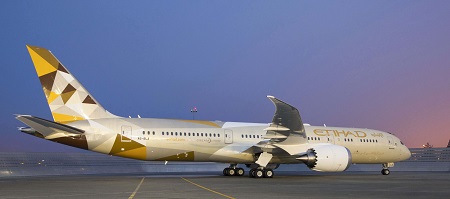
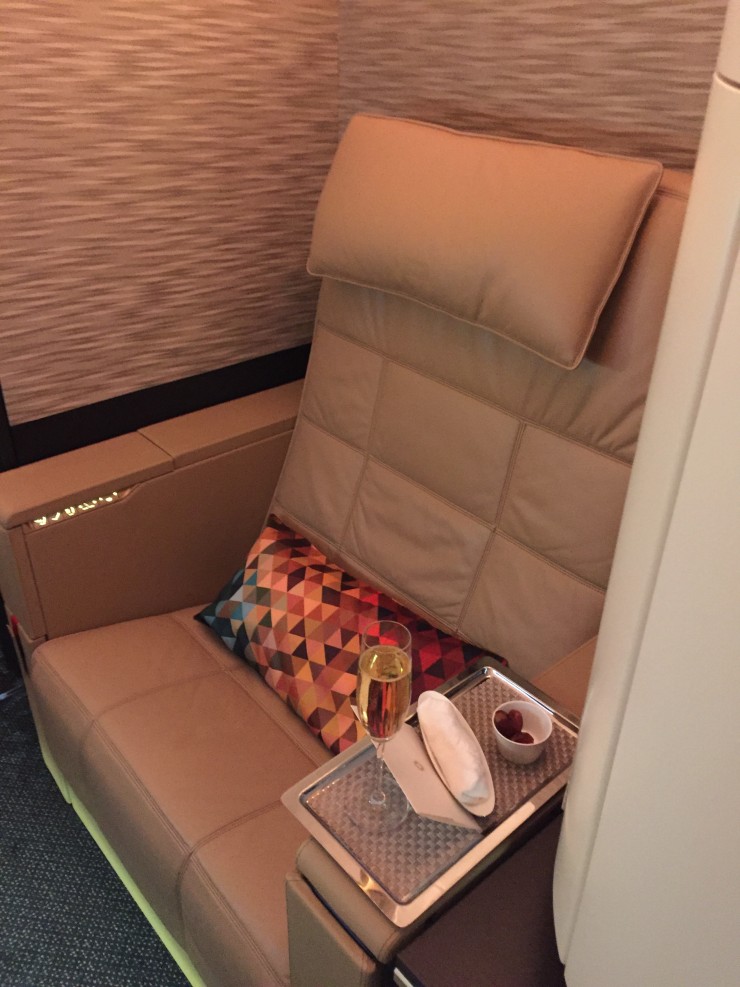
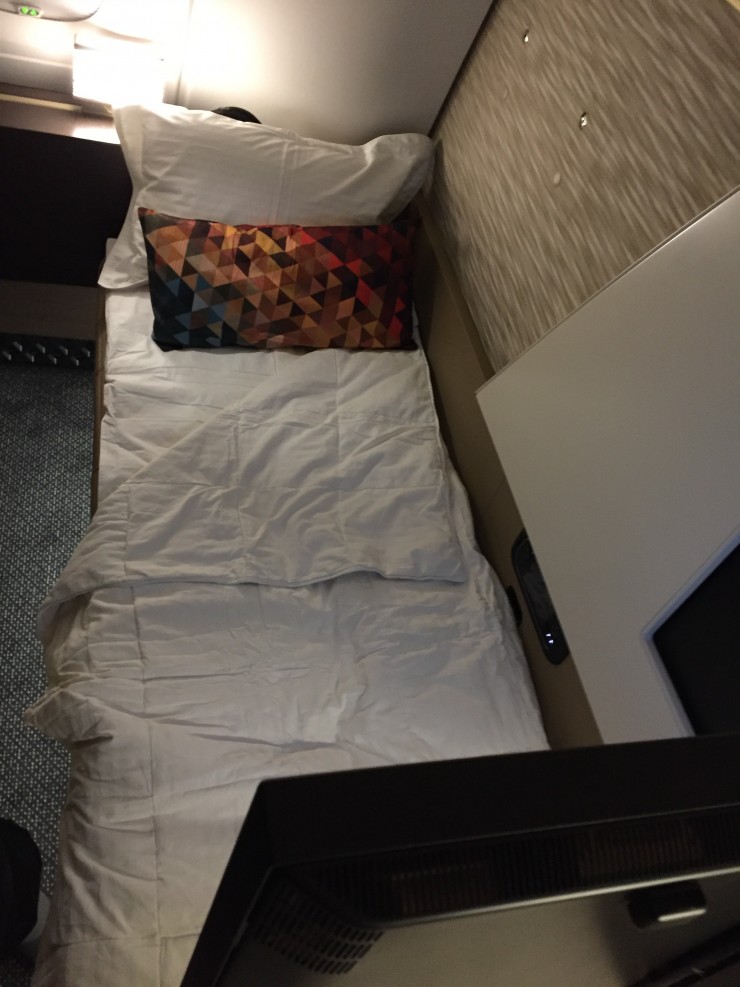
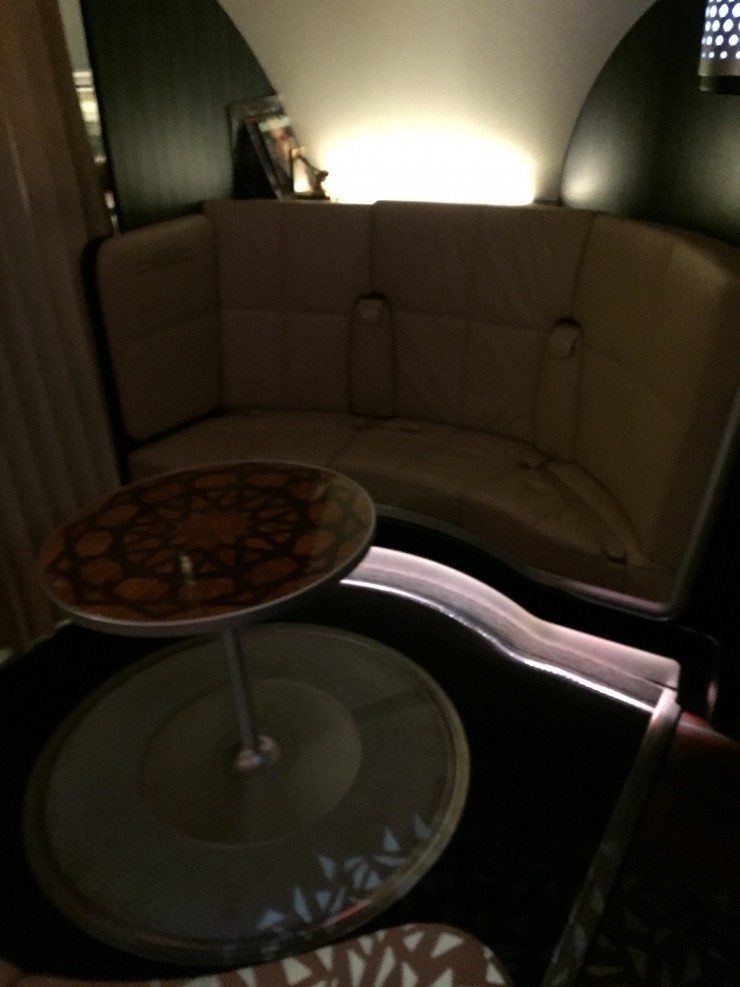
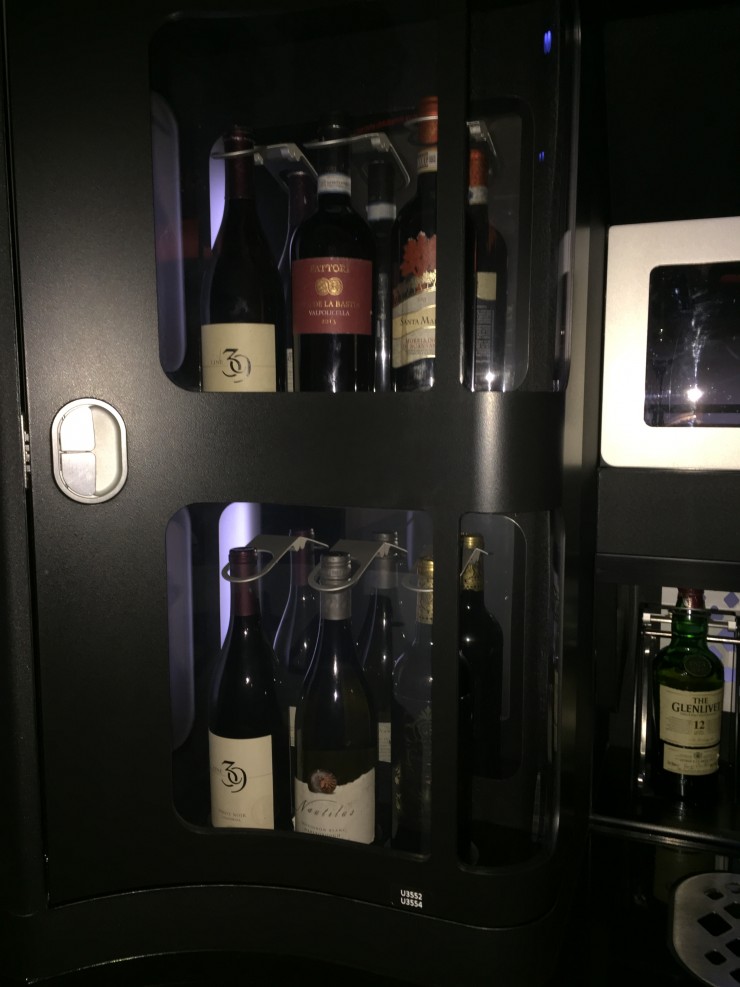
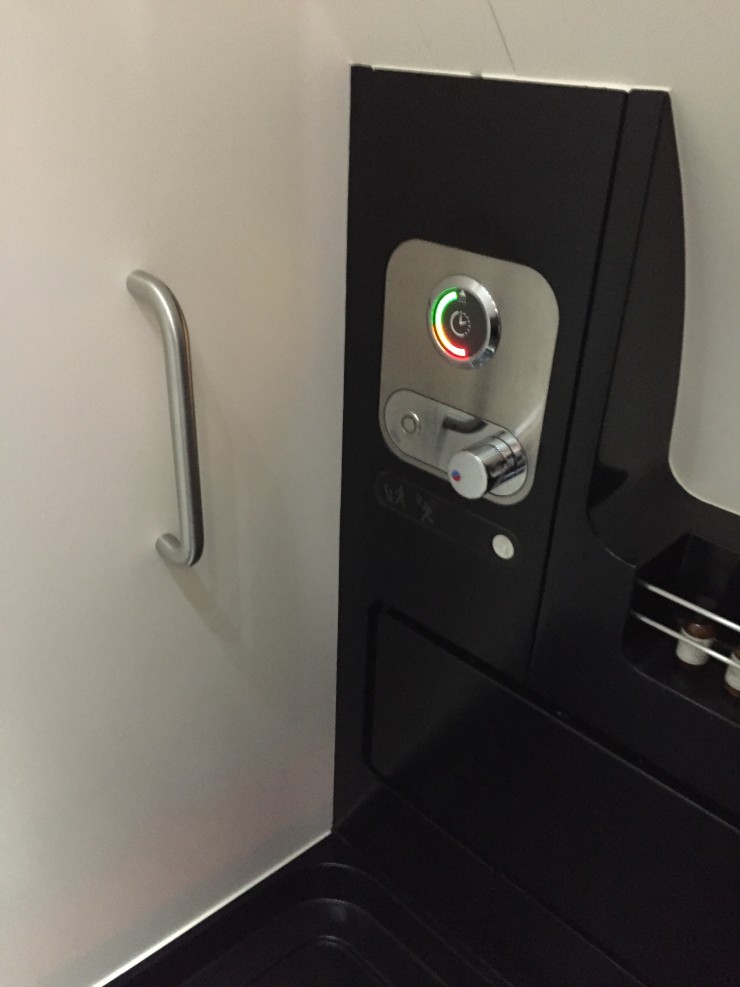
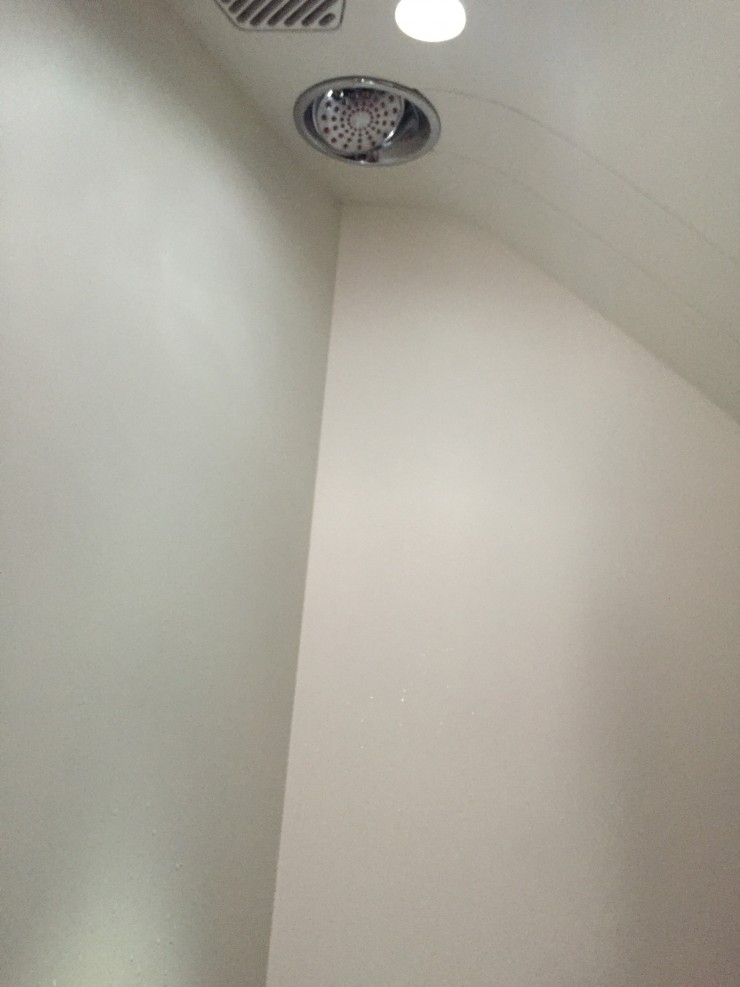
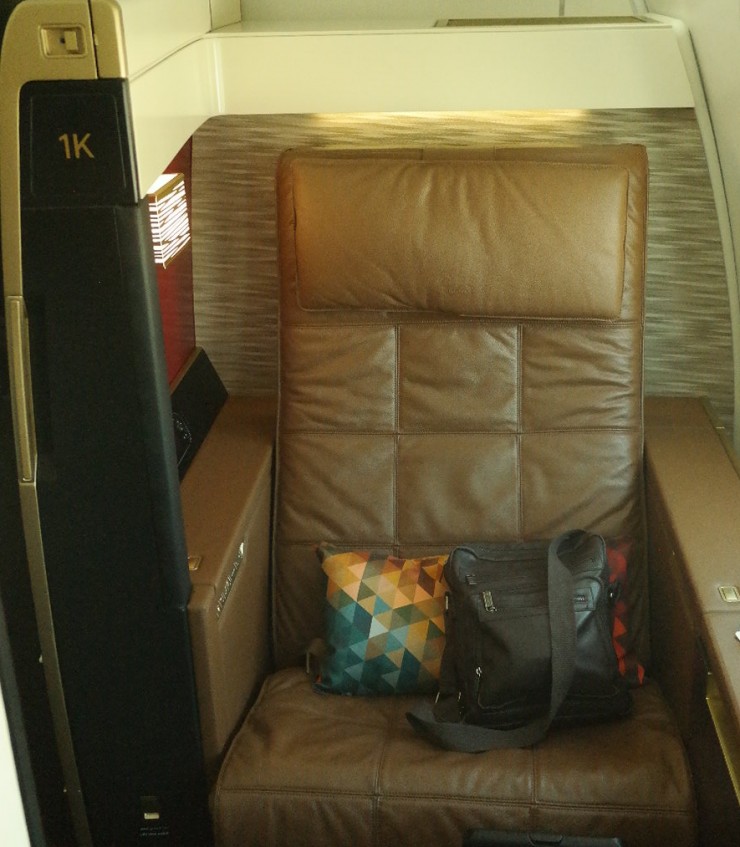
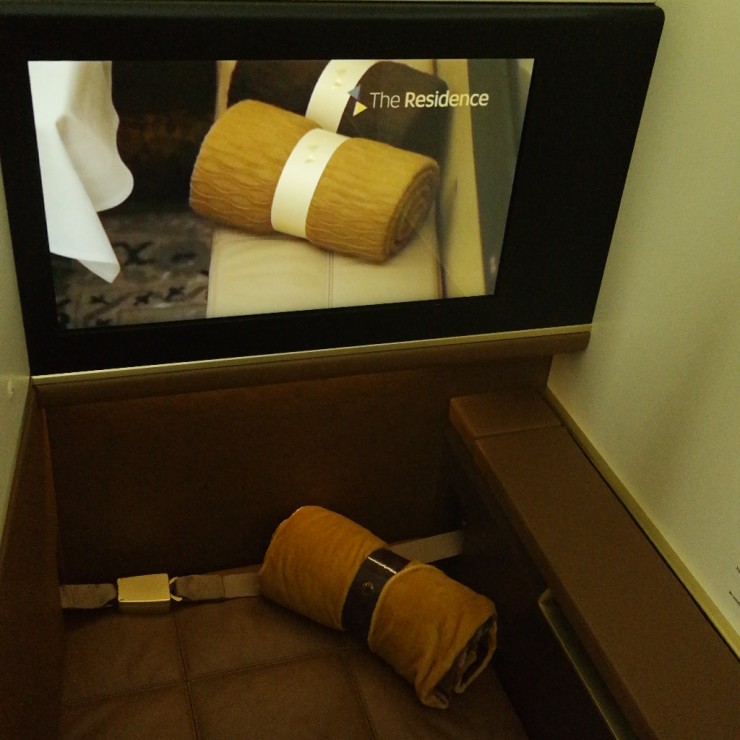
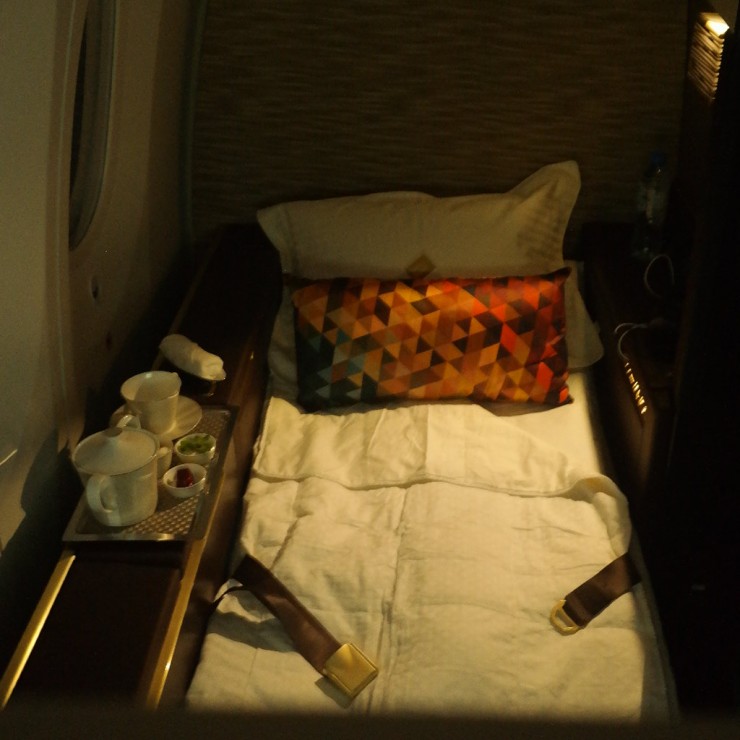

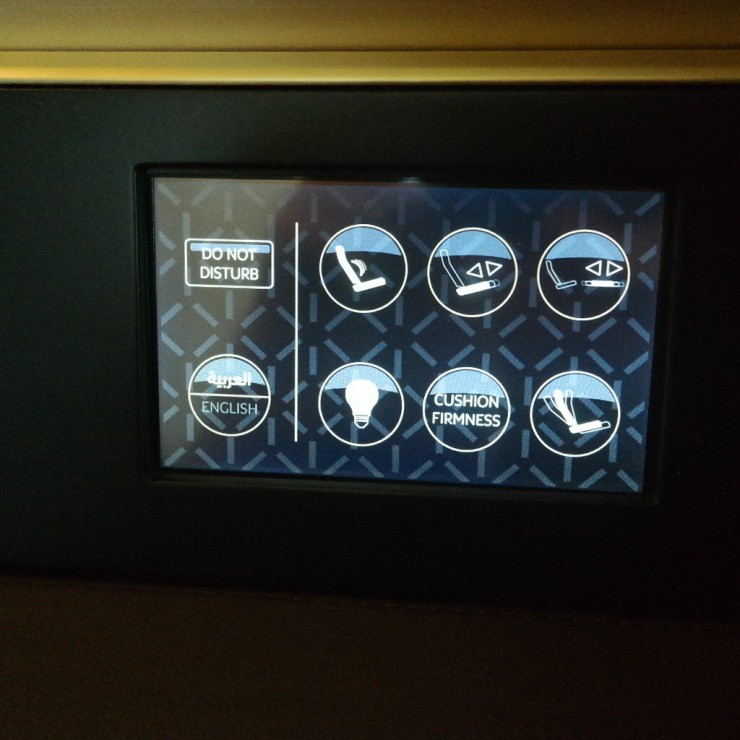
Pingback: Finally, a beer brewed for 35,000 feet! - Tagging Miles
Pingback: Onboard Qatar Airways QSuites - Tagging Miles